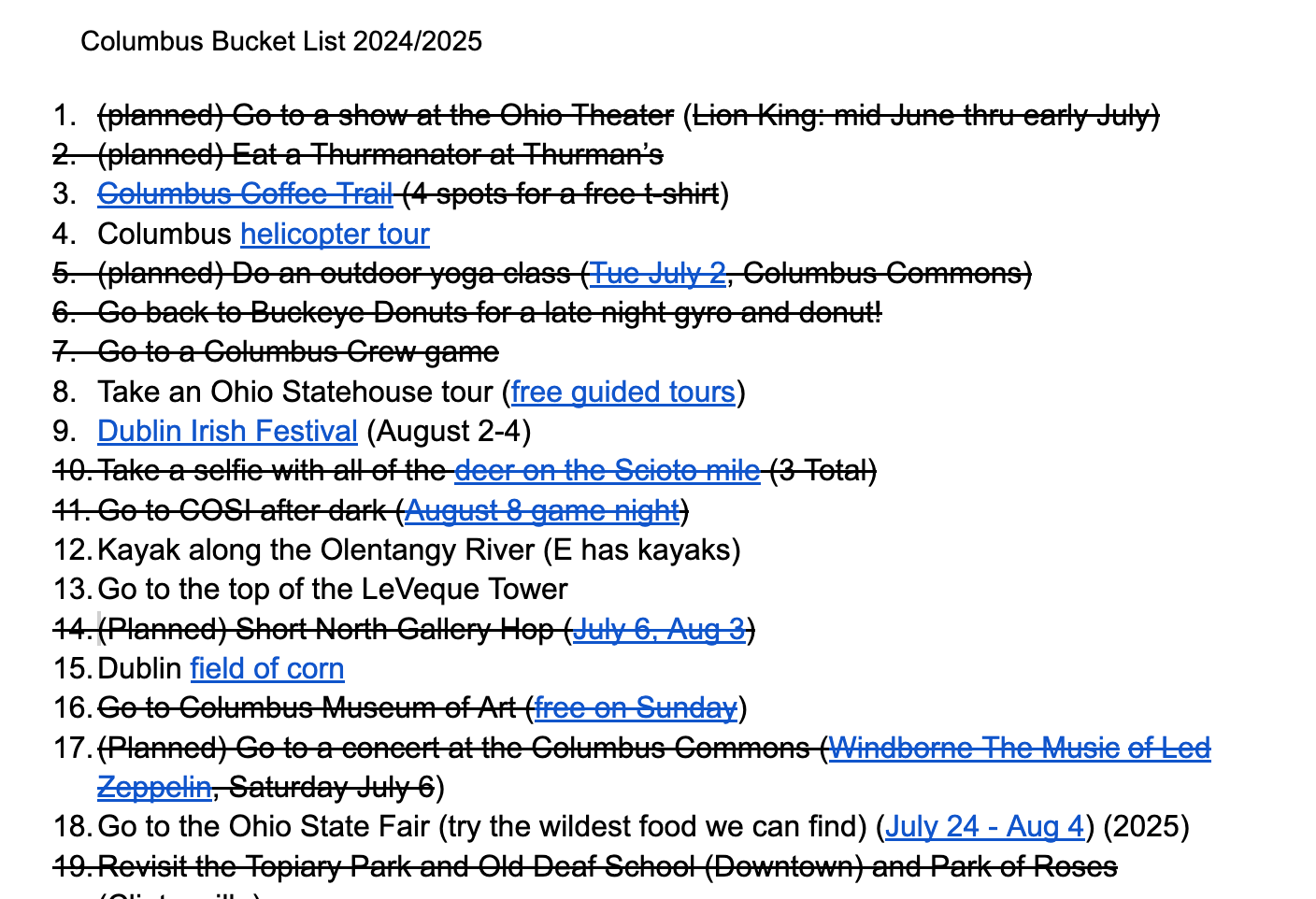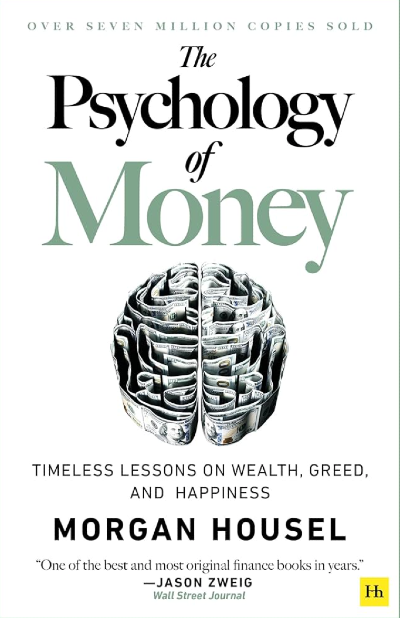How I got started and created momentum

“...I’ve read 20 self-improvement books. I think I feel better, but what now? How do I put all of this into action and actually make these improvements?”
If you’re anything like I was about a year ago, this may be what’s going through your mind right now as you try to synthesize all you’ve learned. I found myself repeating the same pattern expecting things to change. Isn’t that the definition of insanity!?
I would work, work out, and try to YouTube learn my way into improving my life without actually doing anything. It became a borderline addiction to the feel-good entertainment of the “self-help” industry.
What we’ve learned is helpful and a great foundation, now let’s apply it.
The learning and planning phase is comfortable. It’s easy. It feels like you’re doing work and making progress. In reality, it’s not actually getting you much closer to your goals. Again, useful as a framework, but don’t overdo it. I guarantee plans will change.
You’ll learn infinitely more by diving in than you will reading about it. It won’t be perfect to start, but you must start.
Examples:
- In nearly every single coding course, there’s a reason there are so many hands-on mini projects to apply the student’s knowledge. You could read a textbook about the theory of code and still have no idea how to actually code if you haven’t practiced.
- While working my first job out of college, I was new to real estate and researched everything I could. Sources like Graham Stephan and BiggerPockets were great to start learning. But after nearly 6 months, I still had zero properties. The easiest first step was to submit a pre-approval application. This forced me to continue with the rest of the process and ultimately get my first property at 23 years old. More on this in a bit.
- We did all of the work in the first investment property by ourselves because at 23, that was our only option. After hours of YouTube videos and research (shoutout to Jeff at Home RenoVision DIY), at some point we had to swing the hammer. DIY home projects are a great example because the moment you make a hole in that wall, your project has started, and it’s up to you to finish it.
- It’d be silly trying to learn an instrument by only reading music theory, history about your instrument, and watching other people play. 100% of musicians pick up the instrument and practice, practice, practice.
Learning a language. Training for a marathon. Starting a company… Seeing a pattern? Ok, I’ve hammered that home enough.
Here are 2 examples that have worked for me.
Create momentum, even if it’s fake.
If you don’t know what you want to do, but you know you want to be doing something. Try this. Create a bucket list for your own city, no matter how long you’ve lived there. I had been in Columbus for nearly 10 years and still had plenty of items to put on my list.
Google fun things to do, ask friends and people at work “what’s something around here you’ve wanted to do but haven’t?” and tell them what you’re doing. You’ll be surprised at what you get back. Include anything and everything - you can pare it down later.
Make your list. Got it?
Now, actually start doing them. Surprising, I know! Once you have this, plan the first thing right after you finish the list, and put it on your calendar. It helps if you start doing a few of them by yourself to begin. This way, you are not dependent on conditions outside of what you are able to control yourself - i.e. other people. Later on you can start bringing people into the activities. Some people may even start asking to be involved once you start sharing all your fun new experiences.
You may not enjoy all of the things on the list nor will you get to every single one. That’s fine. The key here is that you are getting out and doing new things. This will open up your brain to new experiences. If you’re in a state of not knowing exactly what you want to be doing, this helps figure out what you like and don’t like.
We're trying to disrupt the existing patterns that kept us in our comfort zone. Every activity is a +1 in the “new experiences and taking action” column and a -1 in the “mindless consumption learning” column. A little bit of rewiring can go a long way.
Try a small step first. Any step will do.
As mentioned above, when learning about real estate for my first investment property, I spent nearly 6 months in the learning phase. Then I got to the point of analysis paralysis. Diving into the unknown can be scary!
The easiest step to force me to disrupt the analysis paralysis was to submit a pre-approval application. At that point, I knew the clock was ticking, and there were implications on the other side of this decision. In this case, the “implications” of a pre-approval application are trivial if you do nothing with it. However, at that stage it was a meaningful step. It forced me to follow through with the process and acquire my first investment property at 23 years old.
Identify a first step in whatever you’re working towards and complete it. Get a win under your belt. For this blog, it was buying a domain and putting together a site. I optimized for getting started, not being perfect.
If you’re training for a marathon, just put your shoes on after reading this and go get outside. If you haven’t run ever, go for a walk. Get moving. Go for 1-2 miles, and get a win for today. Then do it again tomorrow.
I asked ChatGPT “what are some common things people want to start but are afraid to start?”
There were multiple sub-bullets for each category: Career & Business, Creative Pursuits, Personal Growth, Self-Improvement, Financial Moves. But the conclusion was:
“The common threads: fear of failure, fear of judgment, imposter syndrome, and fear of change. But the wild part? Most people are more scared of regret than any of those things — they just realize it too late.”
Don’t realize too late.






